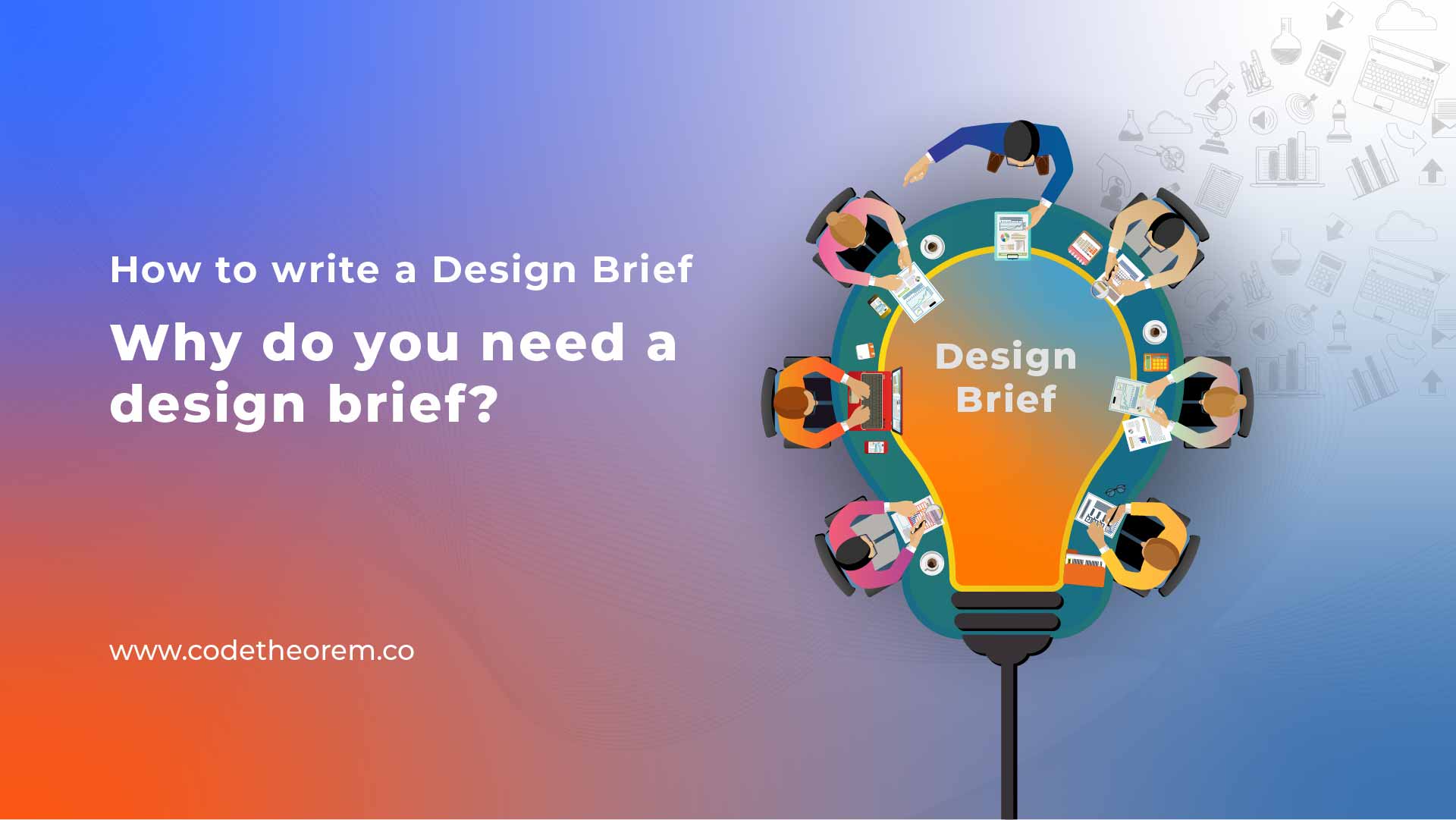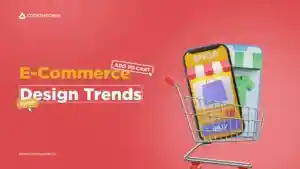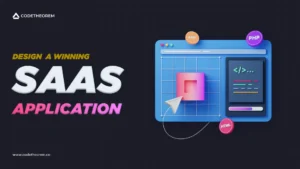Doesn’t matter if you are a new business owner looking for a logo design, graphic design, or looking to build a website, UI/UX design, or get a product redesign done. It is a hassle to make the designers understand your vision and what you expect them to create. You must be familiar with the term UX brief, design brief, project brief, or creative brief. The design brief is more like a roadmap for the resources you hire to complete your design work.
And if it’s your first time creating a design brief then you’ve landed at the right place. When you hire a freelance designer or design team, you need to explain details about your company and your expected deliverables. Either way, they are going to ask for it, and constructing a design brief for it gets half of the work done.
Attaching a design brief when you are approaching a design agency or freelance designers for your design project will help them know you and the industry better.
What is a design brief?
A design brief is a simple document showcasing and giving an idea of what is needed for completing a design project. It is a document outlining what is needed for completing a design project. It helps make clear communication between you and the designers or the agency.
Designers and agencies may call it a client brief. A UX brief is surely an overlooked piece of a document however a well-constructed design brief ensures that the outcome is meeting your expectations.
The Design brief sums up everything from the company profile, project outlines, and scope to the budget, timeline, mission, vision, and also objectives in a single page. It is the easiest way of ensuring that you receive the outcome you need for your project. The thing is that both the parties, the clients and the designers should communicate well and make their expected deliverables clear.
Why do you need a design brief?
Something you’re looking for!
Firstly, writing a design brief helps you revisit and think clearly about what you need to define about the company, its goals, and vision, and communicate through design what you mean to achieve from the project.
When you reach out to other agencies or freelance designers for your project, they’ll ask for the details you put in a design brief. But the question is, are they excited to work on your project? How do you ensure that they are? With a UX design brief!
A design brief helps the agency to understand the project details, your industry, and understand what your company is about. And not make them feel like you’re reaching out to them and along with many others. You don’t want the end results to not turn out how you want them to be just because you failed to mention useful details.
We aren’t perfect humans. Perfection is definitely a myth. There will be times when you might fail to deliver the important information to the team working on your project. Similarly, the design team may not ask the right questions, and later when the time comes they get stuck.
This is quite common but not at all helpful. This leads to miscommunication and a project made out of assumptions. The project won’t turn out the way you want if there’s a communication gap.
How to write a design brief
There’s no right way of doing things. The design brief should make sense and communicate properly. Importantly, it should communicate what needs to be done by the design agency you hired.
Following are some key points you should keep in mind while writing design briefs:
- Firstly, keep it crisp and clear
- Try to simplify it – make use of media like images, graphs, charts, etc.
- It’s a document aligning both the parties – make sure that you as a client and the design agency both collaborate to draft the design brief.
- Make use of tables to state the numerical data like the budget and schedule
What should be there in the design brief?
- Project Overview
- Company profile
- Goals & objectives
- Budget & Schedule
- Target audience
- Design deliverables
- Creative Direction
- Branding guidelines
Project Overview
Outline what the project is about. Write a clear and concise description of the project in this section. Note that you will need to specify the what and the why of the design project. What it is about, whether it’s redesigning an existing product or adding a new feature. Also, specify what will be the deliverables.
Along with that, write the why of the project in a concise manner. It is the design problem faced by the users based on the UX research and how you mean to solve it with the design project.
In short, summarize your project in a shot and concise manner. It’s okay if you don’t put in excess details as you’ll be writing the rest of the brief!
Outline the following:
- Vision
- Mission
- The present strategy
- Key product metrics to measure the success of the project
- What do you want to achieve after the project
- What problem you are trying to solve
Company profile
The design agency you hire won’t know what your company is and what it does. That’s something you need to tell and explain to them. They can only search so much. Not everything you write about your company in the online presence is enough for the design purpose.
Here you will be portraying your business one-on-one and not selling it. Remember the designers are not your users, you need not convince them of anything.
Be real and explain what your company does and aims to achieve. This is no rocket science.
The problem is instead of explaining your brand to the designers you end up selling your business to them in your communication.
Never assume that the designer will figure it out by themselves about your company. If the designer is experienced enough, he’ll ask about the basics yet essential company details. If not then you should make sure they know everything they need about the company as they will be designing for your business. The design will represent your brand name and you can’t afford to let that mess up because of a communication gap.
State the following details mentioned below:
- What does the company do?
- Company background AKA your story
- What are your company goals?
- Industry and Competitors
Objective & Goals
The why is always important for the design team to understand. You need to clarify what is the purpose of the project and what you aim to achieve from the completion of the project. While you are expecting to receive top-notch design work, at the same time the designers are spending their creativity on it. So both parties need to clarify the project’s goal and its purpose.
For instance, if you want the agency to design a website for your eCommerce business, then clarify, that you want the website where the users can browse and will make purchases along with some SEO optimization.
When the designer finds out what needs to be done, they will do the work more efficiently rather than being clueless about why they’re doing this and guessing everything.
Budget & Schedule
The nitty gritty details of the project!
Firstly, the most basic and yet vital details- the budget and the timeline for the deliverables. Neatly mention the amount that you will be paying as the client and is agreed upon by both the agency and you.
Now comes the timeline, specify clearly when you want the design to be done. Also, specify the schedule for the mockups and the final design. Make sure the timeline is mutually agreed upon and it is realistic. Plan accordingly to leave room for changes.
Target audience
Ultimately everything rounds off and comes back to the users. You need to mention who the users are, their age group, occupation, and income group. Above all, state the problem you are trying to solve with your design project. Also, explain how you want your users to interact with the design.
Along with the user personas, you need to clarify the primary actions users will take, i.e., the user flow. Don’t forget to mention the value addition that your product is delivering to the users. That is the motivation for the users to complete the intended actions.
Design deliverables
Specifying the project milestones!
Here, you will need to mention what deliverables you expect in the UX brief. More specifically at what stage of the UX design process do you want them? Whether you want one or more variations with the design or not.
For example, if you’re asking for website design for your eCommerce business, specify when you want to see the landing page design mockup, and later the design mockups for the product page and the add-to-cart page. And finally the final mockup. If you need them to follow the design sprint method then let them know beforehand.
This way both the clients and the design agency will be clear about what project updates and deliverables will be reviewed and when. This will leave no space for any revisions or major redesigns later on.
Creative Direction
Here’s the fun part. When you are approaching a design agency with a project, you must have a vision of what should be the look and feel. All you need to do is express that in words in the UX design brief.
This way the designer is clear about what the design must look and feel like when it’s done. You may have specified all the integral details but leaving out aesthetics will end up in disappointment and nothing else.
Branding guidelines
Don’t forget to include the brand guidelines in the project brief. Especially, if you already have brand assets you need to share them with the design team for them to follow. You should add brand elements like the logo, graphics, image assets, and such to the product brief. You will need to specify the color palette for your brand and the typeface as well. This will help designers to clearly know how and what assets they have to proceed with the design project.
Conclusion
A design brief is not only a document outlining your project and its requirements but is one of the foundational pieces for your project. When we say it is one of the most overlooked pieces of document you need not stress over writing a design brief.
Moreover, design briefs are not a one-time thing. Your ideas and requirements will change with time. With that, you will need to update your design brief and finalize it before sharing it with the design team. When you have drafted and well-organized design brief, it will ease the process of rewriting or editing it as and when required.


















